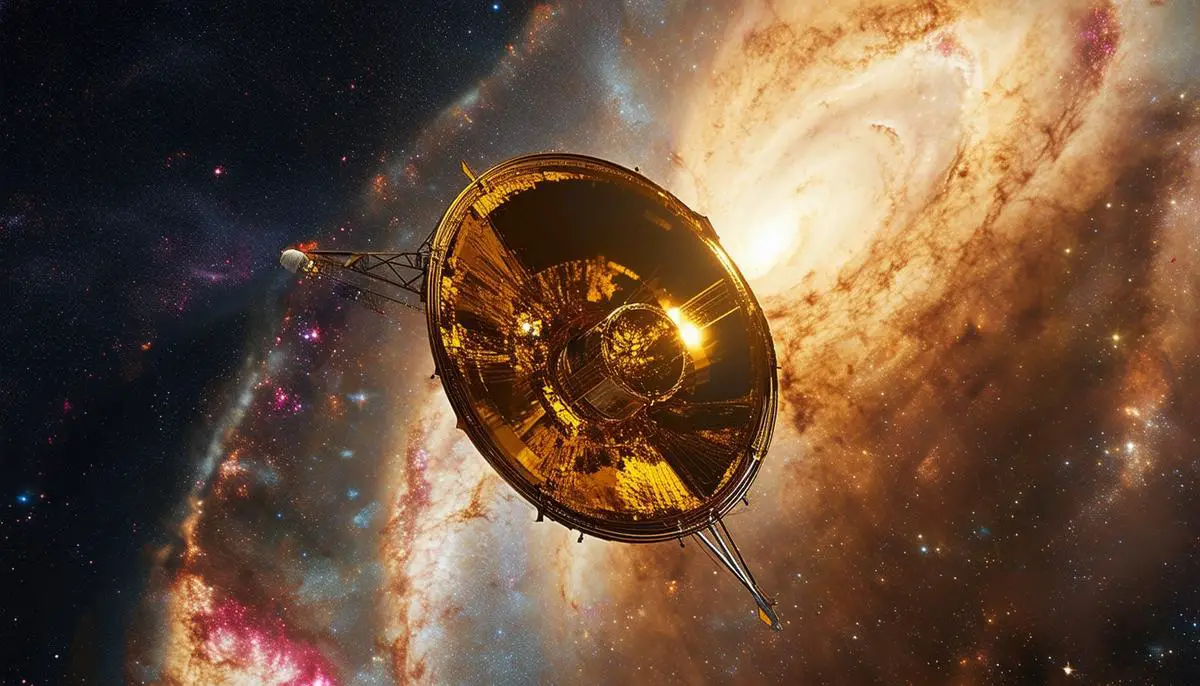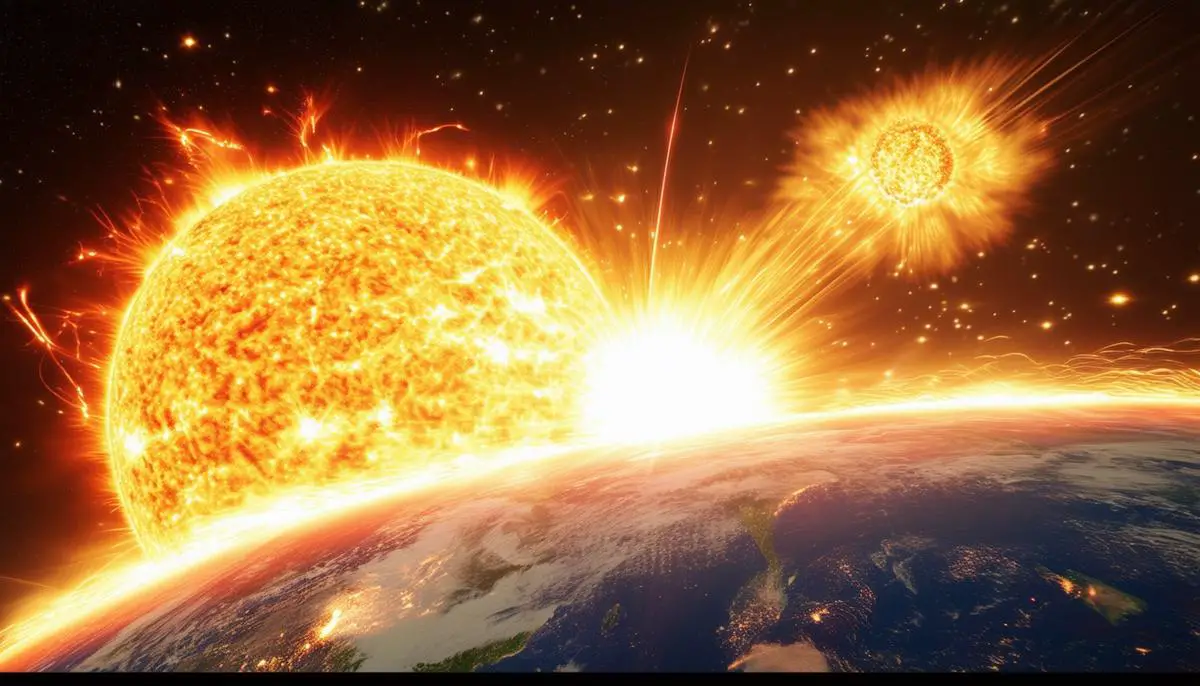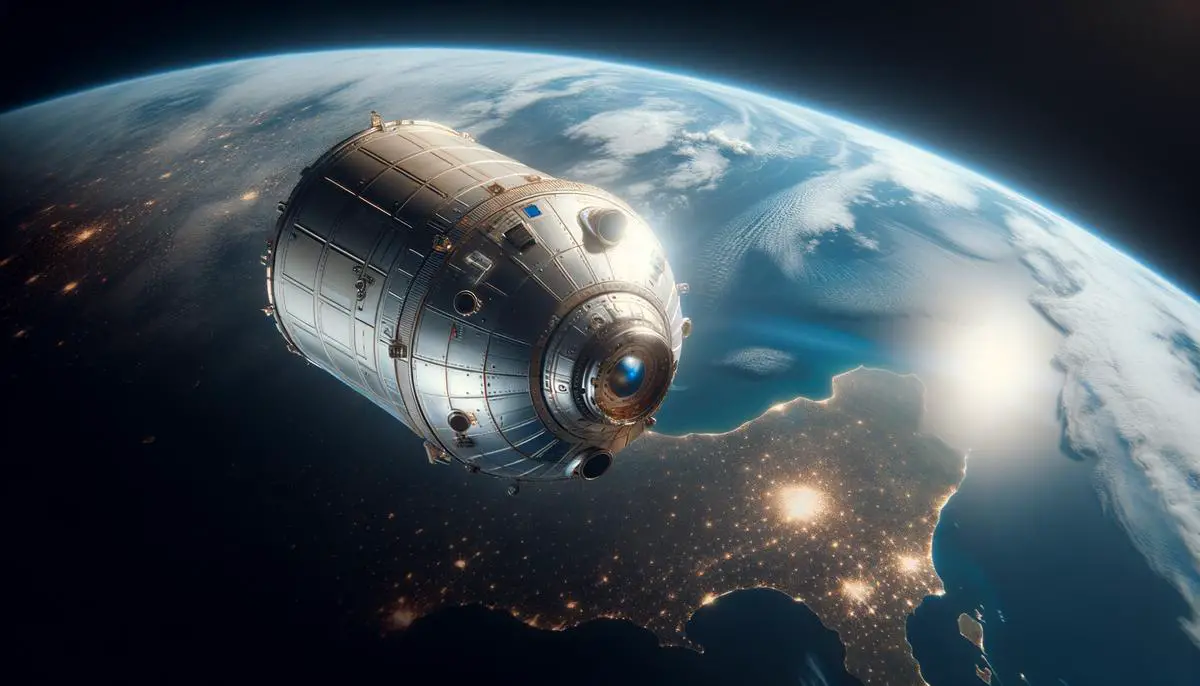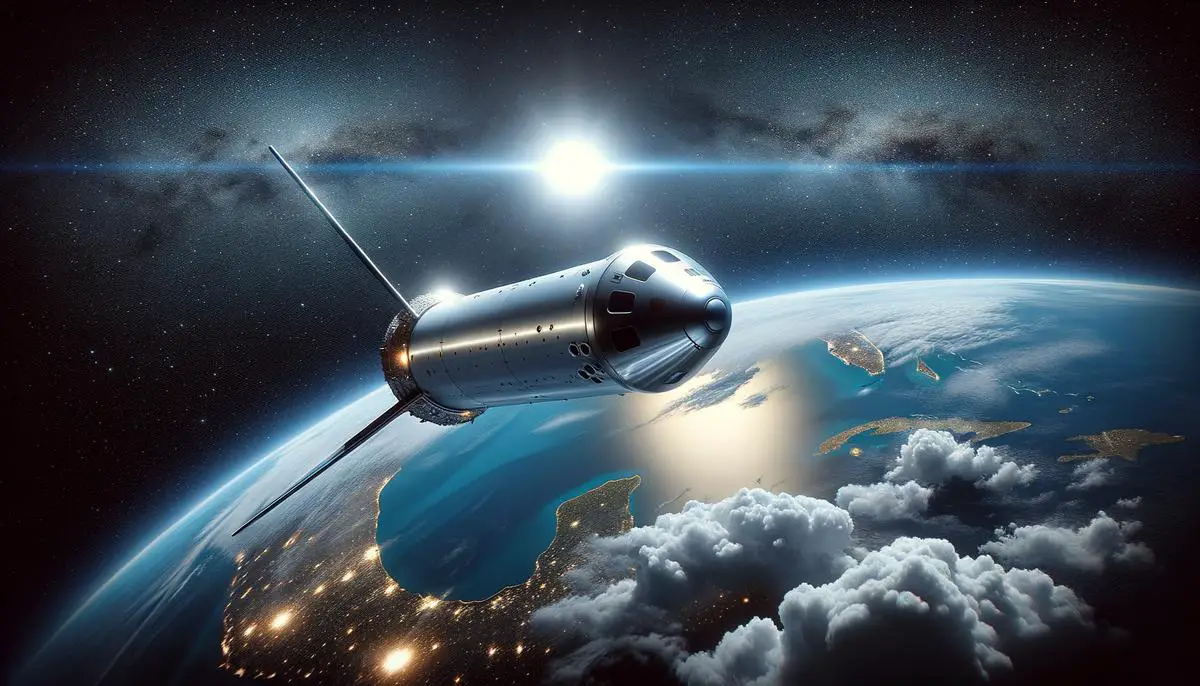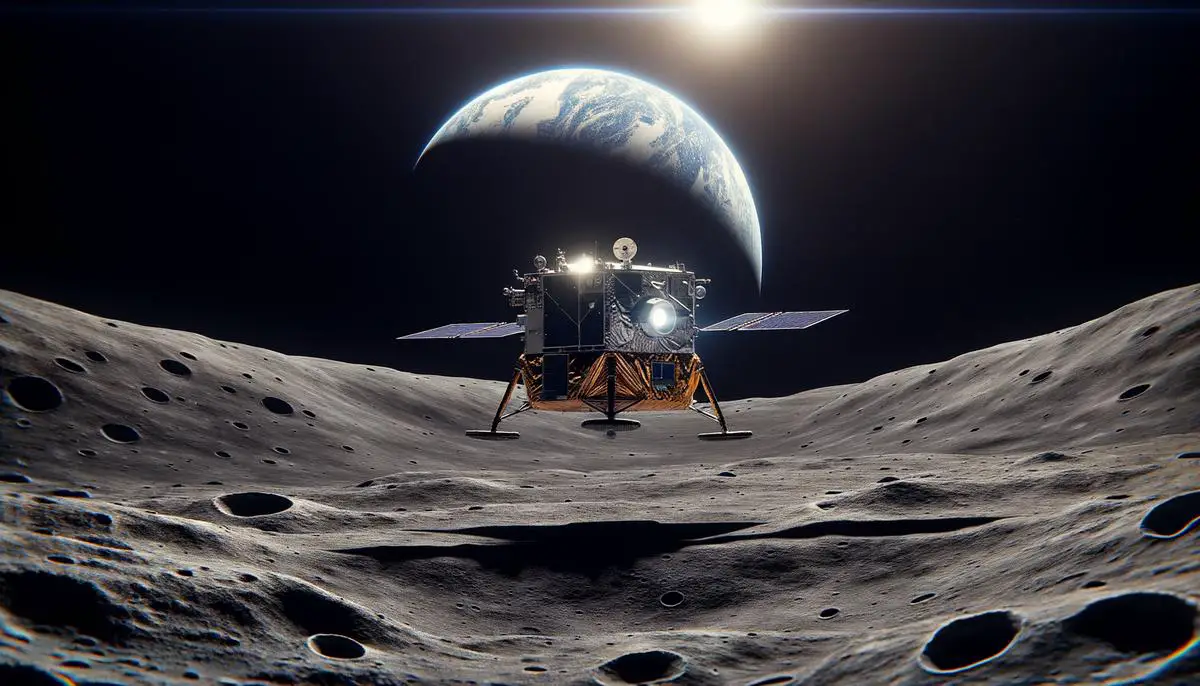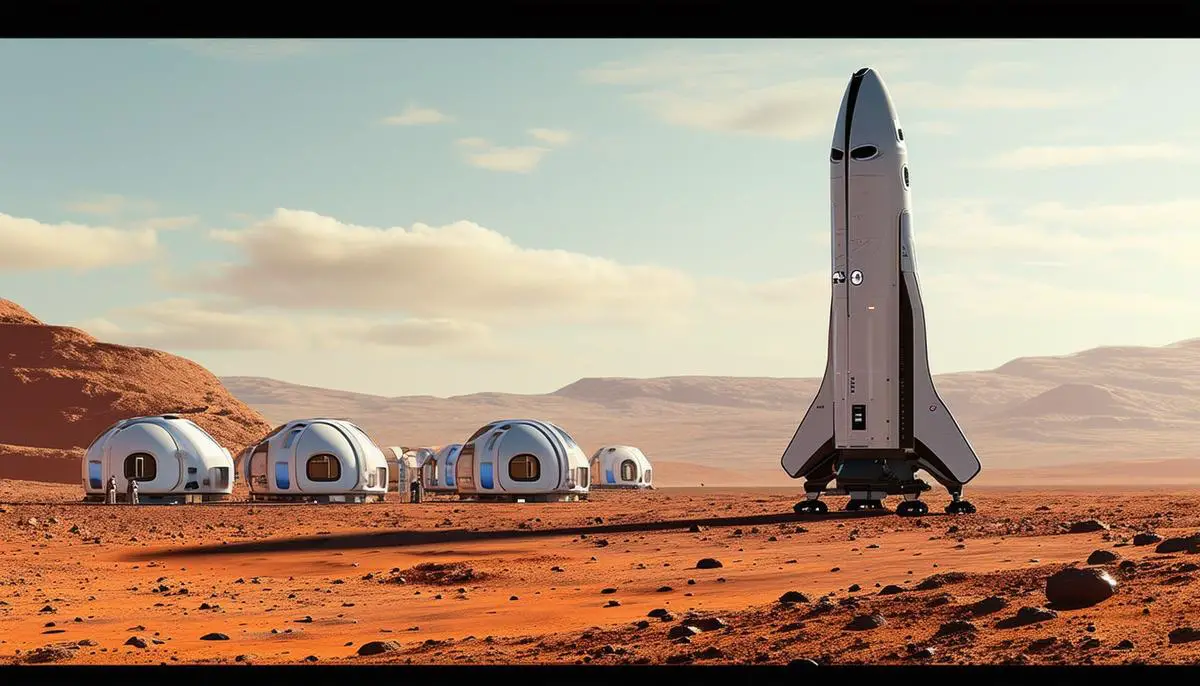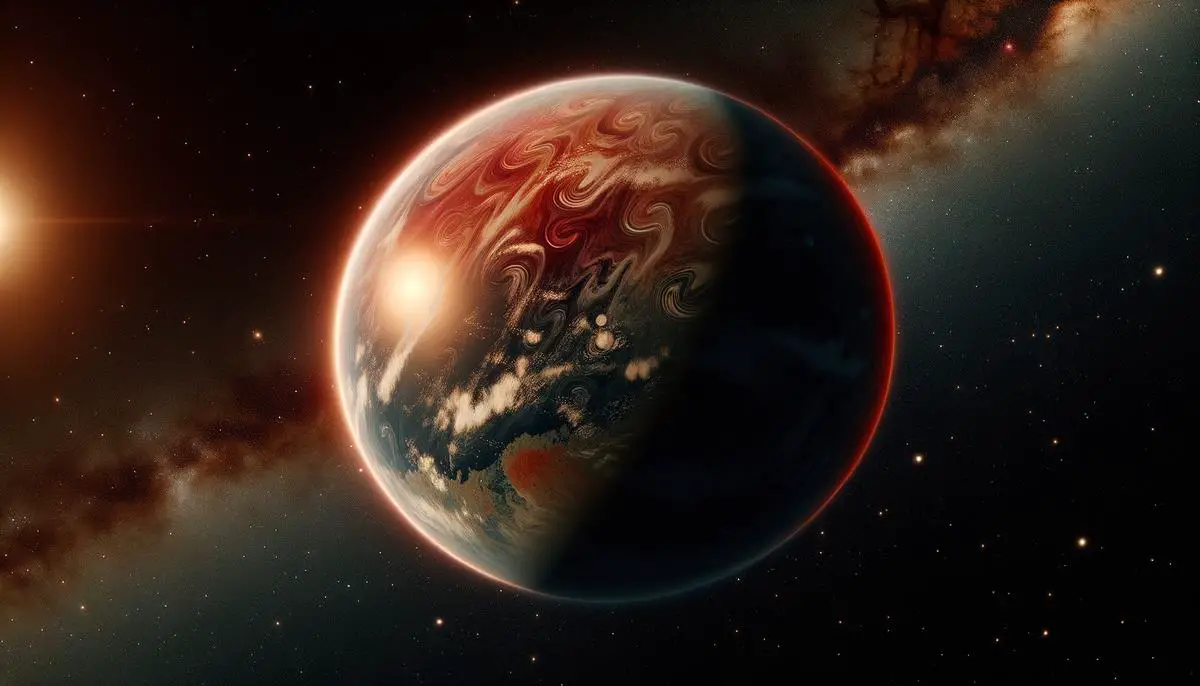Lunar Asymmetry and the Big Splat Theory The moon's uneven sides have puzzled scientists, but Erik Asphaug proposes an intriguing explanation called the "Big Splat." This theory suggests that Earth once had two moons, with a smaller companion moon crashing into the larger one millions of years ago. This collision […]
![]()

